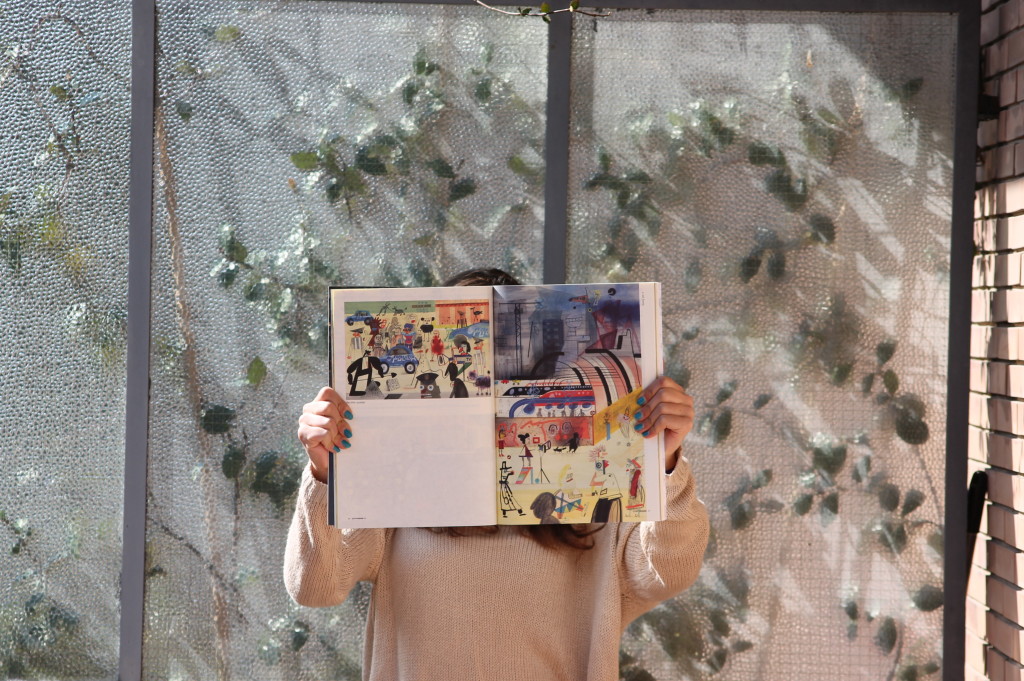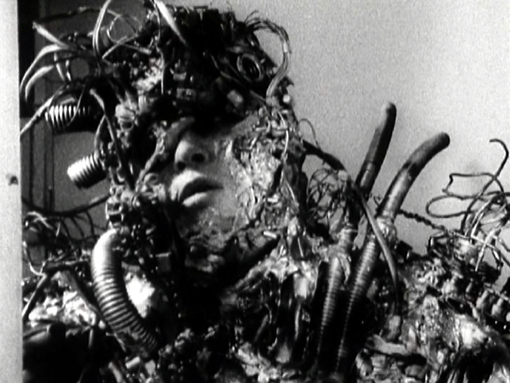SICK & WONDER | The annual theme
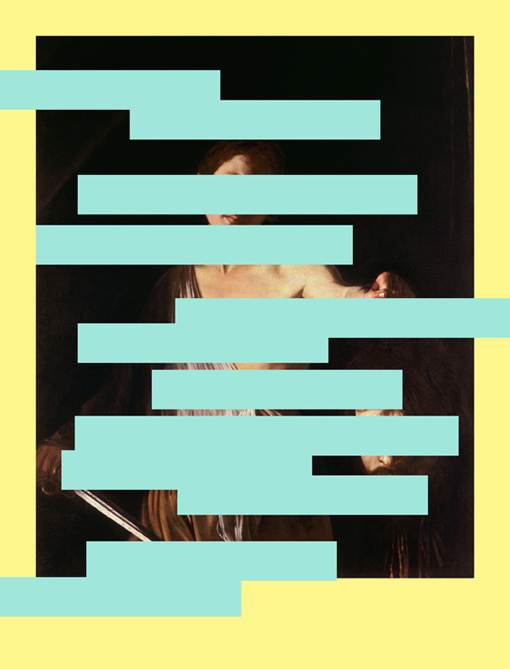
text Francesco Lipari
INTRO
This is a special edition
In its pages the new annual theme of Cityvision entitled Sick & Wonder (Wonder and Disgust) that will accompany its programming for the entire 2013. The idea of a subject so difficult arises from the paradoxical and increasing efforts that have directly led to shuffle the cards in the deck of our work, once again betting on a city – Rome – which is also one of the generative reasons for so much architectural and social research of an apparent bitter taste. Through large-scale projects such as My Masochism, Past Shock, and now Sick and Wonder, we have addressed some very deep issues which have led to fruitful reflections on the behavior and vocation of cities that are united by a strong historical connotation combined with a great desire for the future. Last year, we vastly examined the temporal unease of a Past which has replaced the Future, we emphasized a model city that changes in a controlled manner, slowly and mainly hampered by crisis and dirty tricks perfectly engineered by “external forces”. Sick & Wonder is now looking for new models of cities that arise from the analysis, resolution and possible subversion of the conflict between the city and man and, in a broader view, between evil and good. We are, in fact, living in a time on the border of human history in which the city and society in general, are changing rapidly in the presence of a man that is deeply confused and that is only just becoming aware of the new evolutionary direction he has to take. This situation triggers a process of estrangement and alienation, in one word, of disgust, in which the human being tries to desperately hang on to his humanity thus absorbing the effects of the excruciating struggle between good and evil. The disgust, apart from being thoroughly examined in an aesthetic sense, as an extra sensory perceptive model, ultra gustus, almost fetishistic, that we define as a positive/primordial (good) type, is mainly identified with the castratio voluptatis condition, that is the inability to implement any real changes, disgust natural/induced (bad). Disgust is the analytical and critical act of intolerance towards something that has always been given to us and that does not let us express ourself through our personal modus operandi, it is in turn a sharp instrument, critical and perceptive, to observe with a new filter that that has always been ‘normal’. The normality (or custom) of today of finding oneself struggling repeatedly with an unmanageable and inaccessible system that generates frustration and moments of impasse. The purpose of Sick & Wonder, is to propose a radical change of perspective: to support a new model of normality, through the instrument of wonder, or a diametrically opposed view to that which has always been the custom for us, so creating a fracture in the DNA of an improper society, making sure that this is the exception to the “rule.” Through the identification of the founding components of the cities and the subversion of models that are far too consolidated like politics, religion, economy etc the evolutionary consciousness of the human being will generate new unexpectedly wonderful dynamics. In this situation the citizen is like a child, he captures the charm of his city with wonder and disgust generating new facets, as its becoming a sort of “Matrix”, a “global novel” like a noir in which ideals fade and nothing sacred remains.

MAGAZINE | ISSUE 8
If on one hand most of the nations, although strongly different have the massification of profit in common, concentrating power in the hands of a few, on the other hand the spreading of knowledge and low cost communication platforms, environmental activism, international cooperation, progress in technology, all seem to create a counterweight. The cities that are “targeted” in this issue are significant of this uncertainty and represent extreme situations of nations which are themselves phenomena of global emergency and significant change. Other nations can best be represented by a combination of two symbolic cities. The sequence proposed in this issue, written by 13 contributors and illustrated by 5 illustrators like a fairy tale, goes from the most optimistic to the worst imaginable situation. These cities represent extreme negative situations, often of national character, in which a real feeling of disgust generated by bad policies, architectural malpractice, miseducation and enduring negligence, contrast with a deadly sense of wonder and amazement that almost resets the previous thought. Amazement that in some cases coincides with the city and in others with the human being.
COMPETITION | RIO DE JANEIRO
The competition aims to provide a vision for the future of Rio de Janeiro. We’re living in a historical period where everything seems to be upside down and in a few years Rio de Janeiro will be at the center of attention of the world thanks to the XXXI Olympics and the FIFA World Cup in 2014 and will so have a great responsibility as testimonial city. Rio de Janeiro is a city that is full of contradictions, of sensory binomials that regulate and determine the daily actions and reactions of its citizens: good and evil, rich and poor, happiness and sadness just to name a few. From the selection, combination or subtraction of these elements from the city (buildings and people) a new city model that interprets a distortion, even exaggerated, of the current status quo, needs to be devised. The competition aims to propose a radical change of perspective – from top to bottom – no longer from man to city but from city to man in which evil becomes good, the rich become poor, religion plays a different role…..To do this, one will need to analyze the city and grasp the essence of its disgust in order to subvert it by the means of wonder, taking into account a compromised reality of the crisis in which the meaning of Time has lost value assuming a joint definition that past, present and future are one.
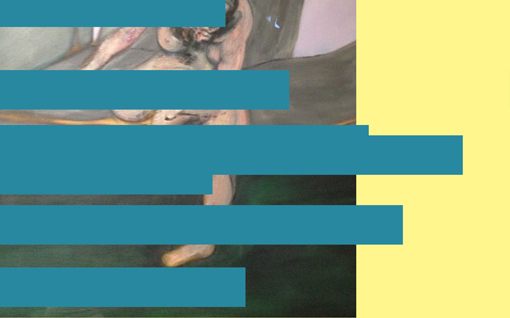
INTRO
Questo è un numero speciale.
Tra le sue pagine il nuovo tema annuale di Cityvision dal titolo Sick & Wonder (Disgusto e Meraviglia) che accompagnerà la sua programmazione per l’intero 2013. L’idea di una tematica così impegnativa nasce dalle crescenti e paradossali fatiche che ci hanno direttamente spinto a mischiare le carte nel mazzo del nostro operato, scommettendo ancora una volta su una città – Roma – che è anche uno dei motivi generativi di così tante ricerche architettoniche e sociali dal sapore all’apparenza amaro. Attraverso progetti di ampio respiro come My Masochism, Past Shock, e adesso Disgusto e Meraviglia, si sono affrontati temi in realtà profondi che hanno prodotto proficue riflessioni sul comportamento e la vocazione di città accomunate da una forte connotazione storica unita ad una grande voglia di futuro. Lo scorso anno, sviscerando in lungo e in largo il disagio temporale di un Passato che si era sostituito al Futuro, abbiamo sottolineato un modello di città che cambia in maniera controllata, lenta e soprattutto ostacolata da crisi e tiri mancini perfettamente architettati da “forze esterne”. Sick & Wonder adesso è alla ricerca di nuovi modelli di città che nascano dall’analisi, risoluzione e possibile sovversione del conflitto fra città e uomo e, in una visione più ampia, tra il male e il bene. Ci troviamo, infatti, a vivere una fase limite della storia dell’umanità nella quale le città, e la società in generale, cambiano rapidamente al cospetto di un uomo sempre più confuso che da poco inizia a prendere coscienza della nuova direzione evolutiva che è obbligato a prendere. Una tale situazione innesca un processo di straniamento e alienazione, in una parola di disgusto, in cui l’essere umano cerca in tutti i modi di rimanere aggrappato alla propria umanità assorbendo di conseguenza gli effetti della sempre più straziante lotta fra male e bene. Il disgusto, oltre ad essere sviscerato nella sua accezione estetica, di modello percettivo extra sensoriale, ultra gustus, quasi feticista, che definiamo di tipo positivo/primordiale (bene), viene soprattutto identificato in quella condizione di castratio voluptatis, ovvero nell’impossibilità di attuare cambiamenti reali, il disgusto naturale/indotto (male). Disgusto è l’azione analitica e critica di insofferenza verso qualcosa che ci viene somministrato da sempre e che non ci lascia esprimere attraverso il nostro personale modus operandi; è a sua volta uno strumento affilato, critico-percettivo, per osservare con un nuovo filtro ciò che è sempre stato ‘normale’. La normalità (o abitudine) odierna di trovarsi ripetutamente alle prese con un sistema ingestibile e inarrivabile che genera frustrazione e momenti di stallo. Scopo di Sick & Wonder è allora quello proporre un cambio radicale di prospettiva: supportare una nuovo modello di normalità, attraverso lo strumento della meraviglia, ovvero di una visione diametralmente opposta a quella che fino ad oggi per noi è stata la consuetudine delle cose, creando così una frattura nel DNA di una società scorretta, facendo in modo che questo rappresenti l’eccezione alla “regola”. Attraverso l’individuazione di quelle componenti fondative delle città e il ribaltamento di modelli fin troppo consolidati come la politica, la religione, l’economia solo per citarne alcuni, la coscienza evolutiva e aptativa dell’essere umano genererà nuove dinamiche inaspettatamente meravigliose. Il cittadino in questa situazione è come un bambino, coglie con disgusto e meraviglia il fascino della sua città che genera nuove sfaccettature, così come il suo divenire una sorta di “Matrix”, un “romanzo globale” simile ad un noir in cui gli ideali sbiadiscono e nulla di sacro rimane.
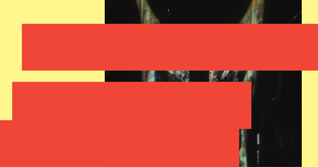
NUMERO 8
Se da un lato la maggior parte delle nazioni, nelle loro forti diversità accomunate dalla massificazione del profitto, concentrano il potere nelle mani di pochi, dall’altro il diffondersi del sapere e delle piattaforme di comunicazione a basso costo, l’attivismo ambientalista, le cooperazioni internazionali, l’avanzare della tecnologia, sembrano creare un certo contrappeso. Le città e i luoghi che in questo numero sono “presi di mira” sono significativi di tale incertezza e rappresentano situazioni-limite di intere nazioni che sono esse stesse fenomeni di emergenza globale e di mutamento significativo. Altre nazioni possono meglio essere rappresentate da un binomio di due città-simbolo. La sequenza proposta attraverso questo numero, scritto da 13 contributors ed illustrato come una favola per bambini da 5 illustratori, passa dalla situazione più ottimistica alla peggiore immaginabile: Palermo, Roma, Shanghai, Tehran, Beijing, Rio de Janeiro, Città Immaginarie, Poli. Queste città rappresentano situazioni limite negative, spesso di carattere nazionale, nelle quali ad una reale sensazione di disgusto generata da politiche errate, malcostume architettonico, diseducazione, negligenza stabile si contrappone un micidiale senso di meraviglia e di stupore che quasi resettano il pensiero precedente. Meraviglia che in alcuni casi coincide con la città e in altri con l’essere umano.

CONCORSO | RIO DE JANEIRO
Il concorso ha come scopo quello di fornire una visione sul futuro di Rio de Janeiro. Viviamo un momento storico in cui tutto sembra capovolto e in pochi anni Rio de Janeiro sarà al centro dell’attenzione del mondo grazie alle Olimpiadi XXXI e la Coppa del mondo di calcio nel 2014 e per questo avrà la grande responsabilità di città testimone. Rio de Janeiro è una città che pullula di contraddizioni, di binomi sensoriali che regolano e determinano giornalmente le azioni e le reazioni dei suoi cittadini: bene e male, ricchi e poveri, felicità e tristezza solo per citarne alcuni. Dalla scelta, combinazione o sottrazione di questi elementi dalla scacchiera città (edifici e abitanti) occorre ideare un nuovo modello di città che interpreti uno stravolgimento, anche esasperato, dell’attuale status quo. Il concorso vuole proporre un cambiamento radicale di prospettiva – da cima a fondo – non più dall’uomo verso la città ma dalla città verso l’uomo e in cui il male diventa bene, i ricchi diventano poveri, la religione svolge un altro ruolo….. Per far ciò sarà necessario analizzare la città e coglierne l’essenza del suo disgusto per poi sovvertirla attraverso la meraviglia, facendo anche i conti con una realtà compromessa dalla crisi e nella quale il significato del Tempo ha perso di valore assumendo una definizione congiunta per cui presente, passato e futuro sono un’unica cosa.
Related Posts :
Category: Editorial
Views: 5051 Likes: 3
Tags: cityvision mag , disgusto e meraviglia , francesco lipari , ofl architecture , Sick & Wonder , Wonder and Disgust
Comments:
Info:
Info:
Title: SICK & WONDER | The annual theme
Time: 27 febbraio 2013
Category: Editorial
Views: 5051 Likes: 3
Tags: cityvision mag , disgusto e meraviglia , francesco lipari , ofl architecture , Sick & Wonder , Wonder and Disgust

